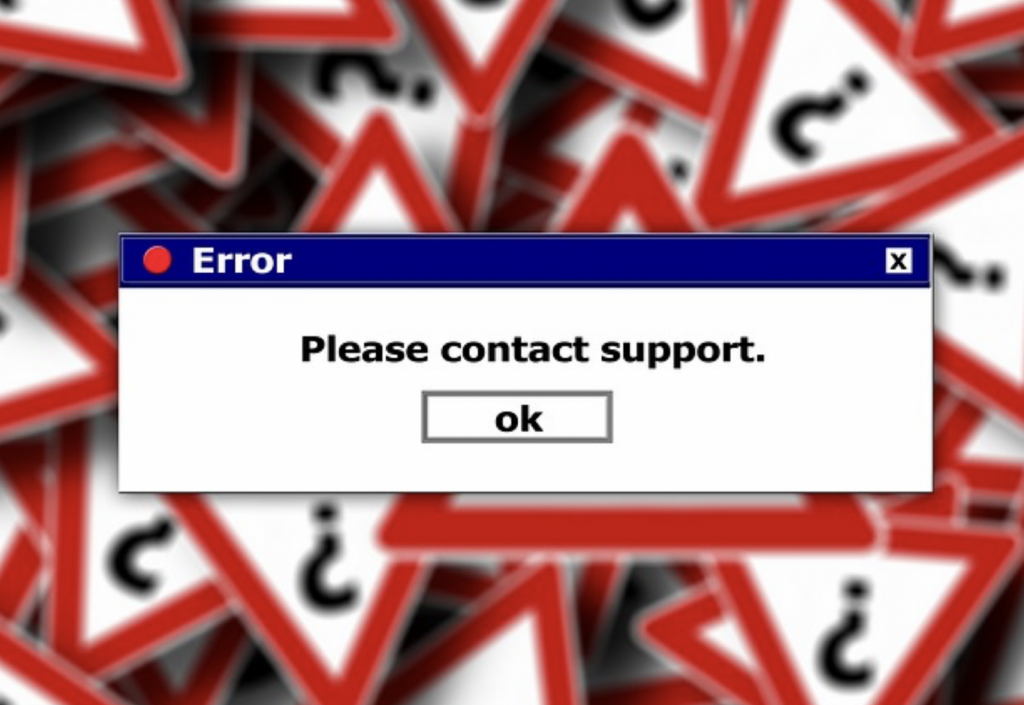Beep! Beep! Beep! The sound of your alarm wakes you from a seven hour slumber. If today was like every other day you’d roll over to turn off your alarm, wipe your eyes, stretch, and contemplate your day ahead before making your way out of the bed. However, today is not like every other day. Today’s different. Today’s the day you decide to hang up it all up and sail off into the proverbial sunset. Today’s the day you realize you are ready to spend more time with your family, friends, or maybe focusing on buying an actual boat so you can literally sail off into the sunset. You think to yourself “this is the day I’ve been waiting for”. As the excitement abates you realize you need to call your exit planning team.
Your first call of the day is to your accountant and exit planner to share the exciting news. The call starts off like any other call with nice pleasantries until the call quickly takes a disappointing turn. Your exit planning team explains your business has been funding your lifestyle for the last decade and you haven’t saved enough for retirement. While this wouldn’t normally be an issue if you kept working for another decade, your compressed timeline puts your financial freedom at risk. They start throwing questions at you:
- What is your business’s succession plan?
- Why would someone want to buy your business?
- What is your company’s most recent valuation?
Dazed and confused, your team explains that to make today’s financial plan work in your favor you would need to sell your business for a multiple of five to six times free cash flow. Unfortunately to reach this valuation your exit planner and accountant tell you your business is not structurally ready for your exit. In other words, your business doesn’t operate without you…
Independent Business Owner
You might be thinking to yourself “I know my business doesn’t operate without me. I have run my business independently for years”. Maybe even “I haven’t needed anyone’s help to run my business for the last few years”. If these types of thoughts are floating around then let me be clear, this is not what I am talking about.
To operate an “Owner Independent Business” as an independent business owner you need to be able to step away from of your business for an extended period of time AND it continues operating, or growing, WITHOUT your involvement. When your business can operate without your involvement your business becomes very attractive to outside parties. This is the number one reason a buyer WILL NOT purchase your business. However, if they do decide to purchase your business they may make an offer at an extreme discount to your asking price. The discount to fair market value is their way of suggesting it would cost them $XXX amount below the sales price to build out your business.
So how do you turn an independent business owner into an owner independent business? Well the answer on paper is simple; you need to create the right systems and processes for future employees to use. Essentially you need to create a detailed operating manual that spans eight business areas and guides all levels of the company to ensure the customer experience and product quality remain stable in all environments. If that sounds easy, it’s not.
For example, we encourage all business owners to start with their desired exit price and work backward from the point of view of their target buyer. In your case, this means you need to ask yourself “Why would a prospective buyer want to purchase my company?” This question will lead you to create a list of reasons. Based on this list you’ll need to apply an objective lens to your business so you can evaluate, assess, and compare your company’s unique value to that of your competition. From there you need to determine if your product’s value operates at a premium or discount to the competition. Once you understand the landscape of your market, how your company fits within the market, and the value your product brings to the customers within the market only then can you narrow the list of purchase reasons.
Once you have your list of reasons narrowed down you can begin looking at the types of buyers that would want to purchase your business (e.g. financial buyer vs strategic buyer). This will help you reflect on how a prospective buyer would evaluate the strengths and weaknesses within your business. Based on this reflective lens you can prioritize which areas of your business need your focus now and which areas can be deferred to a later date.
Finally, as you work to create a detailed process manual you need to have your employees test the efficacy and efficiency of your process(es). It is only through testing that you will determine which processes are consistently being followed and which need updating. The more your employees follow your systems and processes the more you can trust the customer experience and product quality will remain consistent.
Succession Planning
For those business owners without employees the prior example may seem daunting, maybe even not applicable. I would argue that unless your business allows you to step away from the daily operations for extended periods of time it doesn’t matter if you have one, or fifty, employee(s). Every business experiences the same headaches when it is reliant on the vision and execution of the business owner.
The only way to reduce, maybe even eliminate, the headaches business owners face is to hire the right people AND make sure those people have the right tools to complete their job. While there are a number of succession planning tools, like operating manuals, that can support business continuity there is only one tool a buyer is going to give heavy consideration too – beyond the financial statements – and that is a succession plan.
A well crafted succession plan tells a future buyer you have already named your replacement and you have the utmost faith that your named replacement will be able to step in to keep the organization going when you’re not there. In many cases your named replacement should already be operating a number of areas within your company. If this person is doing their job correctly you’re already able to step away from the business for extended periods of time which supports the argument that your business has transitioned from being an independent business owner to being an owner independent business.
If you’re interested in understanding succession planning in greater detail I have written another article detailing the importance of succession planning and the steps to create a succession plan. If you are a business owner who already has a succession plan I would encourage you to read the article anyway just to affirm your succession plan was constructed correctly. Just remember, a poorly crafted succession plan can lead to a less than optimal private company valuation.
Conclusion
I have yet to meet a small or medium sized business owner that is excited to invest all their time into growing their business AND is perfectly happy with closing it down. It’s more common to meet solo practitioners who treat their business as a “lifestyle business” whereby it pays the household’s bills. Anyone who actually invests time into building a business is ALWAYS interested in selling what they have built.
Unfortunately, many of those in the latter group do not fully understand how to scale their business in a way that allows them to maximize their private company valuation. What’s worse, both groups tend to struggle with creating owner independent businesses which drastically impacts the long term success of the business, and correspondingly the private company valuation. If you feel you are in one of these groups and need help in assessing your exit strategy I encourage you to reach out to our team of exit planners. We can help you create an exit plan, namely help you calculate the amount you need to sell your business for when that special day comes. In the mean time, feel free to download our ebook on Executive Financial Planning to better understand the personal side of selling a business.
The material contained in this article was created for educational and informational purposes only and is not intended to provide specific recommendations, tax, or legal advice. The author, and the author’s firm, strongly encourages you to speak with a qualified professional before taking action on anything mentioned in this article.




